
Zaha Hadid was an architect who defied conventions and pushed the boundaries of what was possible in design. Her bold, futuristic creations have left an indelible mark on the world’s architectural landscape, earning her numerous accolades, including the prestigious Pritzker Prize, the highest honor in architecture.
Early Life and Inspiration
Born in Baghdad, Iraq, in 1950, Zaha Hadid’s fascination with design and architecture began at an early age. Raised in a progressive family that valued education and creativity, she found inspiration in the ancient Sumerian cities and the intricate patterns of Islamic calligraphy that surrounded her.
After completing her studies in mathematics at the American University of Beirut, Zaha Hadid embarked on a journey that would shape her architectural vision. She attended the Architectural Association School of Architecture in London, where she encountered the revolutionary teachings of Rem Koolhaas and Elia Zenghelis, who challenged the traditional notions of design and encouraged experimentation.
Breaking the Mold: Zaha Hadid’s Architectural Philosophy
Zaha Hadid’s approach to architecture was rooted in a deep understanding of the interplay between form, function, and the human experience. She believed that architecture should not be static or confined to rigid structures but should instead embrace fluidity, movement, and a seamless integration with the surrounding environment.
Her designs were characterized by sweeping curves, sharp angles, and dynamic forms that defied gravity. Zaha Hadid’s buildings were not merely functional spaces but artistic expressions that evoked emotion and challenged perception.
Groundbreaking Projects: Zaha Hadid’s Architectural Masterpieces
Zaha Hadid’s career spanned decades, and her portfolio includes some of the most iconic and groundbreaking architectural projects of our time. Here are a few of her most celebrated works:
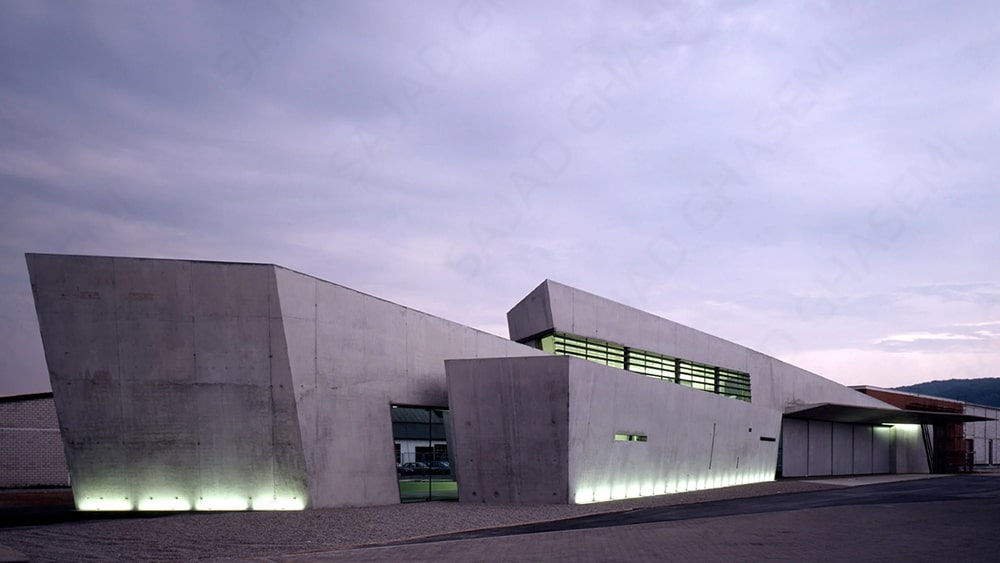
Vitra Fire Station (1993)
One of Zaha Hadid’s earliest built projects, the Vitra Fire Station in Weil am Rhein, Germany, showcased her unique design language. The building’s angular forms and dynamic lines challenged the traditional concept of a fire station, creating a striking and visually arresting structure.
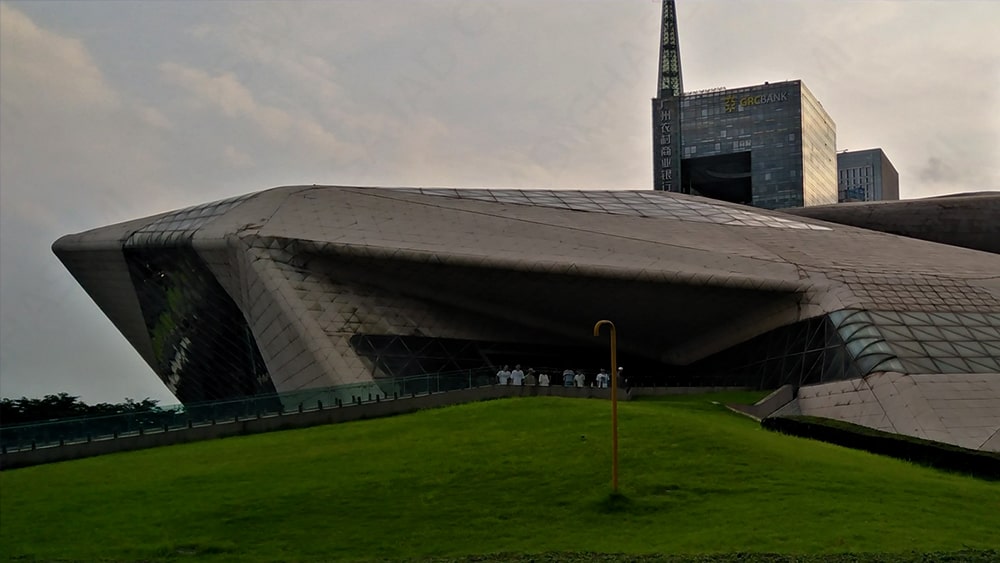
Guangzhou Opera House (2010)
The Guangzhou Opera House in China is a true masterpiece of modern architecture. Its sleek, curved facade and seamless integration with the surrounding landscape have made it an iconic landmark. The building’s interior is equally impressive, with its flowing spaces and innovative acoustics.
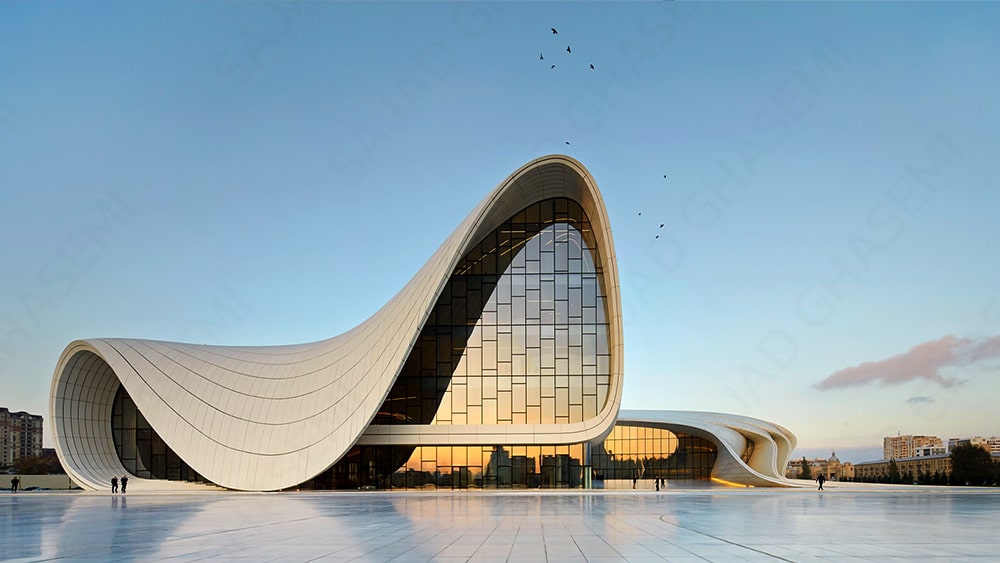
Heydar Aliyev Center (2012)
Located in Baku, Azerbaijan, the Heydar Aliyev Center is a cultural and conference center that epitomizes Zaha Hadid’s visionary design approach. The building’s fluid forms and organic lines create a striking contrast with the city’s traditional architecture, making it a true architectural wonder.
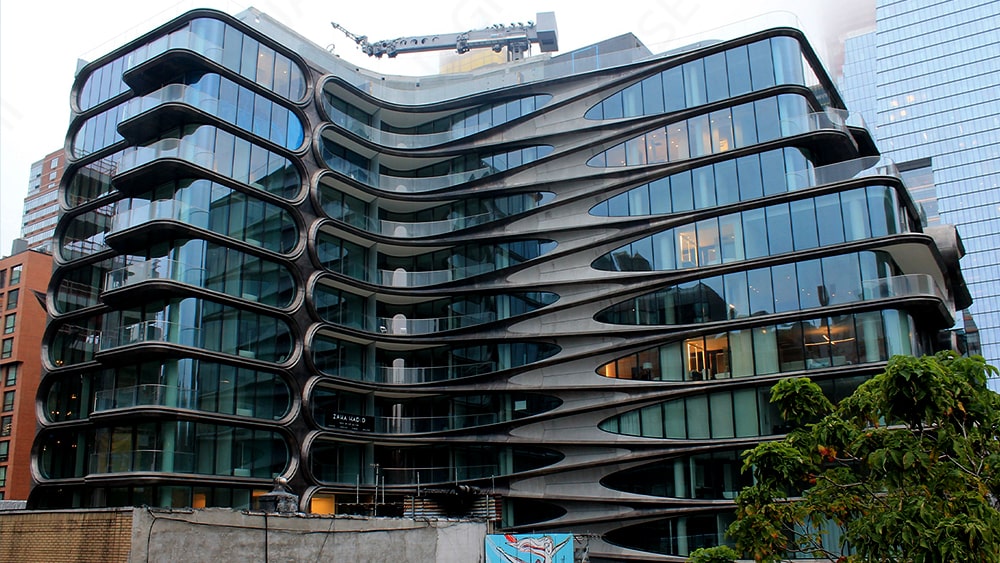
520 West 28th Street (2017)
Zaha Hadid’s first residential project in New York City, 520 West 28th Street, is a testament to her ability to seamlessly blend residential and commercial spaces. The building’s curvaceous facade and innovative interior design have redefined luxury living in the city.
Zaha Hadid’s Legacy and Impact
Zaha Hadid’s impact on the world of architecture extends far beyond her physical creations. Her unwavering commitment to pushing boundaries and challenging conventions has inspired a new generation of architects and designers to think outside the box.
Through her work, Zaha Hadid has demonstrated that architecture is not just about creating functional spaces but about crafting experiences that evoke emotions and challenge perceptions. Her buildings are not merely structures but works of art that invite exploration and interaction.
Zaha Hadid’s architectural philosophy has also had a profound impact on the way we perceive and interact with the built environment. Her designs encourage a more holistic approach to architecture, one that considers the relationship between the built and natural environments, and the role of architecture in shaping human experiences.
Accolades and Recognition
Throughout her illustrious career, Zaha Hadid received numerous awards and accolades that recognized her groundbreaking contributions to the field of architecture. In 2004, she became the first woman to be awarded the prestigious Pritzker Prize, often referred to as the Nobel Prize of architecture.
Zaha Hadid’s impact extended beyond the realm of architecture. She was appointed a Dame Commander of the Order of the British Empire (DBE) in 2012, in recognition of her services to architecture. She was also a recipient of the Stirling Prize, the Royal Gold Medal, and numerous other awards that celebrated her visionary designs and her role in pushing the boundaries of what was possible in architecture.
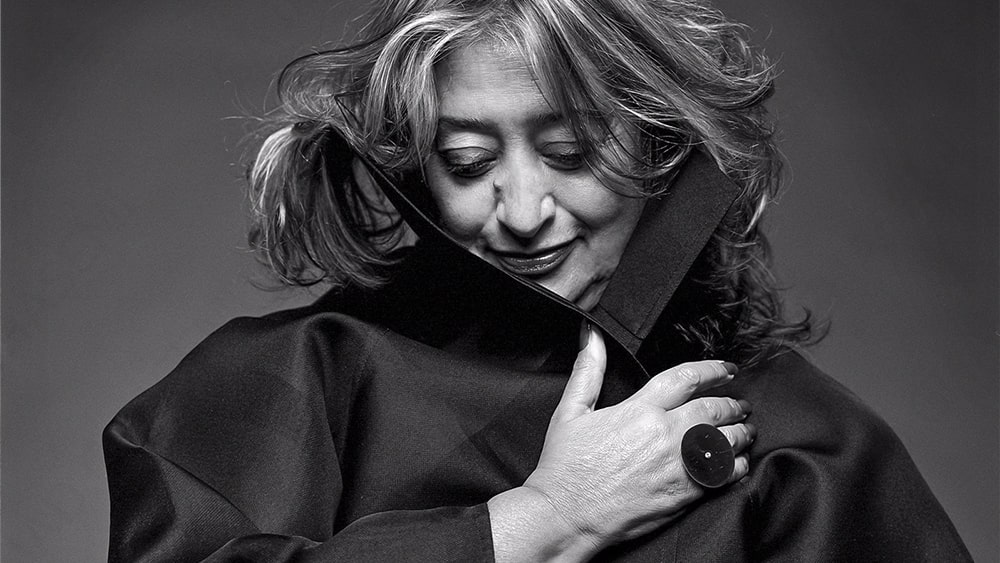
Zaha Hadid Criticisms Explored
While Zaha Hadid’s architectural marvels have garnered global acclaim and numerous accolades, her bold and unconventional designs have also faced their fair share of criticisms. From concerns over functionality to accusations of prioritizing form over substance, the controversies surrounding Zaha Hadid’s works have sparked heated debates within the architectural community and beyond.
Prioritizing Form over Function?
One of the most prevalent criticisms leveled against Zaha Hadid’s designs is the perceived prioritization of form over function. Critics argue that her buildings often prioritize aesthetics and visual impact over practical considerations, leading to spaces that may be visually stunning but potentially lacking in functionality or accessibility.
The MAXXI Museum in Rome, for example, faced criticism for its labyrinthine layout and challenging navigation. Similarly, the London Aquatics Centre, built for the 2012 Olympic Games, was initially criticized for its complex and costly design, although it ultimately received praise for its innovative use of space and energy efficiency.
Impractical and Costly Designs
Another criticism aimed at Zaha Hadid’s works is their perceived impracticality and high construction costs. Her designs often feature complex geometries and unconventional forms, which can pose significant engineering challenges and require specialized construction techniques.
The Glasgow Riverside Museum, for instance, faced criticism for its high construction costs, which were reportedly double the initial estimates. Critics argued that the museum’s striking design, while visually appealing, came at a steep financial price, raising questions about the responsible allocation of public funds.
Environmental Impact and Sustainability
As the world becomes increasingly conscious of environmental issues, some critics have questioned the sustainability and environmental impact of Zaha Hadid’s designs. Her buildings’ complex forms and extensive use of materials like concrete and steel have raised concerns about their carbon footprint and energy efficiency.
The Qatar World Cup stadiums designed by Zaha Hadid Architects, for example, faced scrutiny over their potential environmental impact and the working conditions of the migrant workers involved in their construction.
Accessibility and Inclusivity Concerns
Critics have also raised concerns about the accessibility and inclusivity of some of Zaha Hadid’s designs. The complex layouts and unconventional forms of her buildings have been criticized for potentially creating barriers for individuals with disabilities or those with mobility challenges.
The Dundee V&A Museum, for instance, faced criticism over its lack of accessibility features, with some arguing that the museum’s striking design prioritized aesthetics over practical considerations for visitors with disabilities.
Addressing the Criticisms
While these criticisms have sparked debates and discussions, advocates of Zaha Hadid’s work argue that her designs push the boundaries of what is possible in architecture and challenge conventional thinking. They assert that her buildings are not merely functional spaces but works of art that evoke emotion and inspire awe.
Furthermore, proponents of Zaha Hadid’s architecture highlight the innovative solutions and engineering feats achieved in her projects, which often address practical concerns while maintaining the integrity of the design vision.
As the architectural world continues to evolve and embrace new perspectives, the criticisms and controversies surrounding Zaha Hadid’s works serve as a reminder of the ongoing dialogue between form, function, and the ever-changing needs of society.
Conclusion
Zaha Hadid’s legacy is one of innovation, creativity, and a relentless pursuit of excellence. Her bold and daring designs have redefined the way we perceive and experience architecture, challenging us to rethink our assumptions and embrace new possibilities.
Through her work, Zaha Hadid has left an indelible mark on the world, inspiring generations of architects and designers to follow in her footsteps and continue pushing the boundaries of what is possible. Her buildings stand as testament to the power of human creativity and the ability of architecture to transform our lived experiences.
As we look to the future of architecture, Zaha Hadid’s visionary spirit will continue to guide and inspire those who seek to create spaces that not only function but also evoke emotion, challenge perception, and elevate the human experience.
